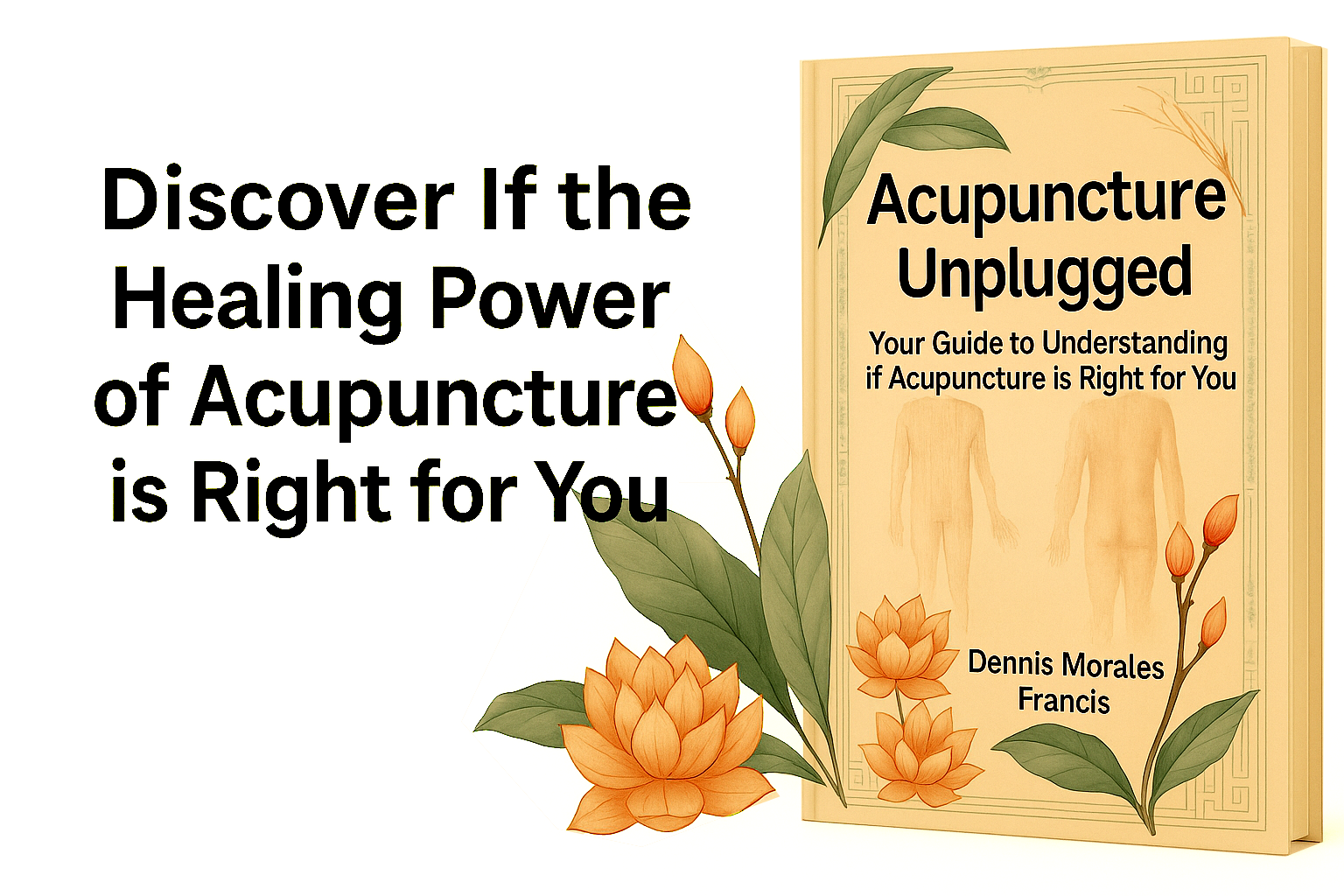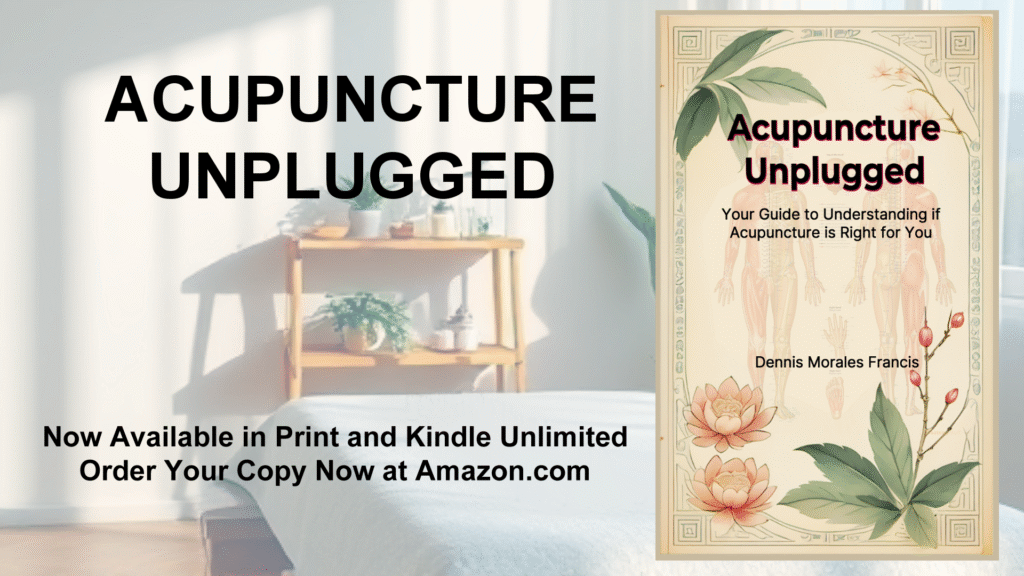Acupuncture treatments; a cornerstone of traditional Chinese medicine (TCM), has become a popular and effective treatment for those seeking chronic pain relief. This ancient practice involves inserting thin needles into specific points on the body to balance energy flow and stimulate natural healing. For many patients struggling with ongoing discomfort, acupuncture acupuncture treatments offers a drug-free alternative that addresses both symptoms and underlying imbalances. But you may be curious to know what are the best acupuncture treatments.
What Are The Best Acupuncture Treatments?
Acupuncture is based on the concept of Qi (pronounced “chee”), or life force energy, flowing through pathways in the body called meridians. When Qi is blocked or unbalanced, it can result in pain or illness. By targeting specific points, acupuncture aims to restore harmony and improve health.
This traditional healing art has evolved over thousands of years, with practitioners developing precise techniques for needle placement and manipulation. Modern clinical practice combines these time-tested methods with contemporary understanding of physiology and neurology to create effective treatment protocols.
The procedure itself is remarkably gentle, using sterile single-use needles that are barely perceptible when inserted. Many patients report feeling deeply relaxed during and after treatment sessions.
Key Components of Acupuncture:
- Ultra-fine sterile needles that cause minimal discomfort
- Strategic placement along energy meridians
- Minimally invasive and drug-free approach
- Customized treatment plans for individual needs
How Acupuncture Alleviates Chronic Pain
For individuals suffering from persistent discomfort, acupuncture offers a holistic approach to pain management. Clinical studies have shown its effectiveness in conditions like back pain, migraines, and arthritis. Unlike many medications, acupuncture addresses both the symptoms and potential underlying causes of pain.
The treatment works through multiple physiological mechanisms simultaneously. This multi-pathway approach explains why acupuncture can be effective even for complex pain conditions that haven’t responded well to conventional treatments.
Regular sessions often lead to cumulative benefits, with many patients experiencing progressively longer periods of relief between treatments. This pattern suggests that acupuncture may help reset pain perception pathways over time.
Mechanisms That Support Pain Relief:
- Stimulates endorphin release (natural painkillers)
- Improves blood circulation to affected areas
- Reduces inflammation and muscle tension
- Modulates the nervous system’s pain response
Scientific Evidence Supporting Acupuncture
 Numerous peer-reviewed studies support acupuncture’s role in chronic pain treatment. The NIH and WHO both recognize acupuncture as a valid therapeutic option for various ailments, especially musculoskeletal issues. This growing body of research has helped acupuncture gain acceptance in mainstream healthcare.
Numerous peer-reviewed studies support acupuncture’s role in chronic pain treatment. The NIH and WHO both recognize acupuncture as a valid therapeutic option for various ailments, especially musculoskeletal issues. This growing body of research has helped acupuncture gain acceptance in mainstream healthcare.
Clinical trials comparing acupuncture to conventional treatments have shown particularly promising results for conditions like lower back pain, osteoarthritis, and migraine prevention. These studies often demonstrate that acupuncture provides comparable or superior pain relief with fewer side effects.
Research also suggests that acupuncture’s benefits extend beyond pain reduction, with improvements in overall function, mood, and quality of life frequently reported. These additional outcomes highlight acupuncture’s holistic impact on wellbeing.
Notable Research Findings:
- A 2012 meta-analysis showed significant relief in chronic pain cases
- Studies confirm effectiveness for back pain, osteoarthritis, and tension headaches
- Long-term benefits observed with consistent treatment sessions
- Reduced need for pain medications in many patients
Conditions Commonly Treated with Acupuncture
Acupuncture is not limited to pain alone. It is frequently used as an adjunct therapy for a wide range of conditions. The versatility of acupuncture makes it valuable for addressing both acute and chronic health concerns.
Many patients seek acupuncture after conventional treatments have provided limited relief. For these individuals, acupuncture often offers a new approach that can break persistent pain cycles and improve function in daily activities.
Insurance coverage for acupuncture has increased significantly in recent years, reflecting growing recognition of its clinical value. Many plans now cover acupuncture specifically for certain pain conditions, making this treatment more accessible.
Common Conditions Treated:
- Chronic back and neck pain including sciatica and herniated discs
- Migraines and tension headaches
- Arthritis and joint inflammation
- Fibromyalgia and widespread pain syndromes
- Post-surgical pain and recovery support
What to Expect During an Acupuncture Session
Sessions typically last 30 to 60 minutes. After a brief health assessment, the acupuncturist inserts thin needles into various acupuncture points. You may feel a mild tingling or warmth, but the procedure is generally painless and relaxing.
Your first appointment will usually be longer than follow-up visits, as the practitioner needs to gather detailed information about your health history and specific concerns. This comprehensive approach allows for truly personalized treatment planning.
Many patients report feeling deeply relaxed during treatment, with some even falling asleep on the table. This relaxation response is considered therapeutically valuable, as it helps reduce stress hormones that can exacerbate pain conditions.
Key Components of a Session:
- Consultation and assessment including pulse/tongue analysis
- Needle insertion and rest period (typically 20-30 minutes)
- Post-session recommendations and follow-up plan
- Complementary techniques like cupping or moxibustion when appropriate
Is Acupuncture Right for You?
While acupuncture is safe for most people, it’s essential to consult with a licensed practitioner. It’s especially beneficial for those who seek a holistic therapy approach that addresses both physical and emotional aspects of pain. Individuals looking to reduce reliance on pain medications may find acupuncture particularly valuable.
Acupuncture can work well alongside conventional medical treatments, creating an integrative approach to pain management. Many pain specialists now refer patients for acupuncture as part of a comprehensive treatment plan.
Results vary between individuals, with some experiencing immediate relief while others notice gradual improvement over several sessions. Most practitioners recommend an initial series of treatments to determine effectiveness for your specific condition.
Tips Before Starting:
- Check credentials and licensing of your practitioner
- Communicate all health concerns and medications
- Remain consistent with recommended session frequency
- Set realistic expectations about treatment outcomes
A Time-Tested Solution
Whether you’re dealing with long-term discomfort or exploring alternatives to medication, acupuncture offers a time-tested solution grounded in centuries of healing wisdom. Its gentle, holistic approach continues to attract those seeking relief, balance, and improved well-being. From chronic back pain to migraines, this ancient practice provides modern solutions for complex pain conditions.
The growing body of scientific evidence supporting acupuncture’s effectiveness has helped it gain acceptance in mainstream healthcare settings. Many hospitals and pain clinics now offer acupuncture as part of integrated treatment programs, recognizing its unique value in comprehensive pain management.
Remember that individual responses to acupuncture vary, and what works well for one person may not be ideal for another. Working with qualified practitioners to develop a personalized treatment plan based on your specific health needs and goals is always the best strategy for those concerned about managing chronic pain.
Take Action for Better Pain Management
If you’re struggling with chronic pain, consider scheduling a consultation with a licensed acupuncturist to discuss your condition. Many practitioners offer initial consultations to determine if acupuncture is appropriate for your specific situation. Bring your medical records and information about current treatments to help create an integrated approach. Share your acupuncture experiences with your primary healthcare provider to ensure coordinated care for optimal results.








